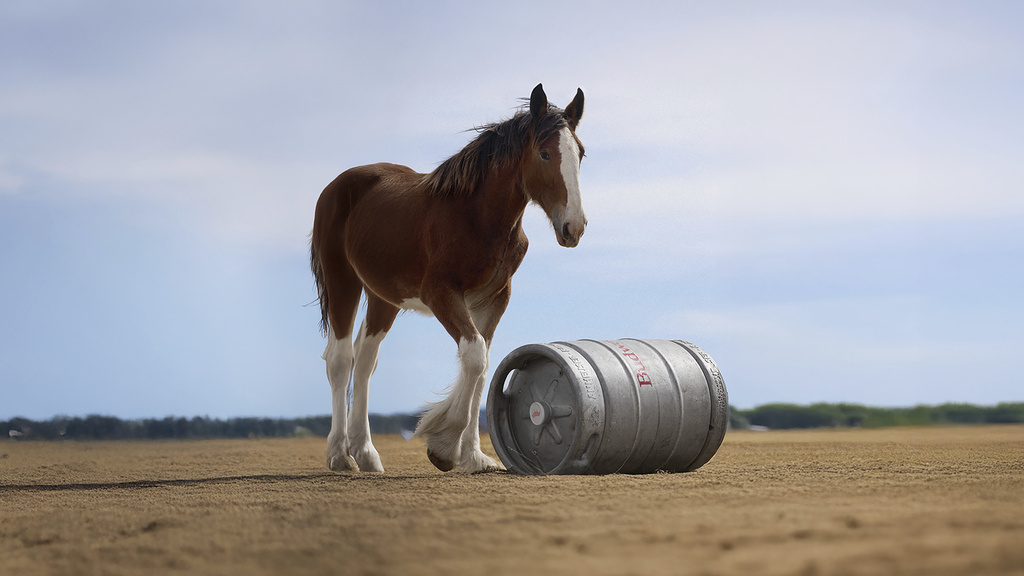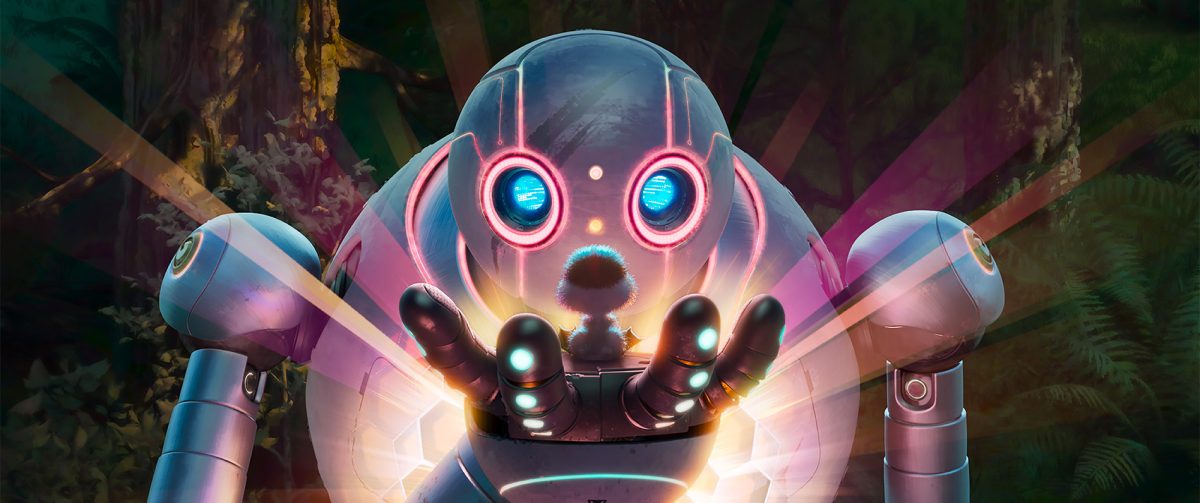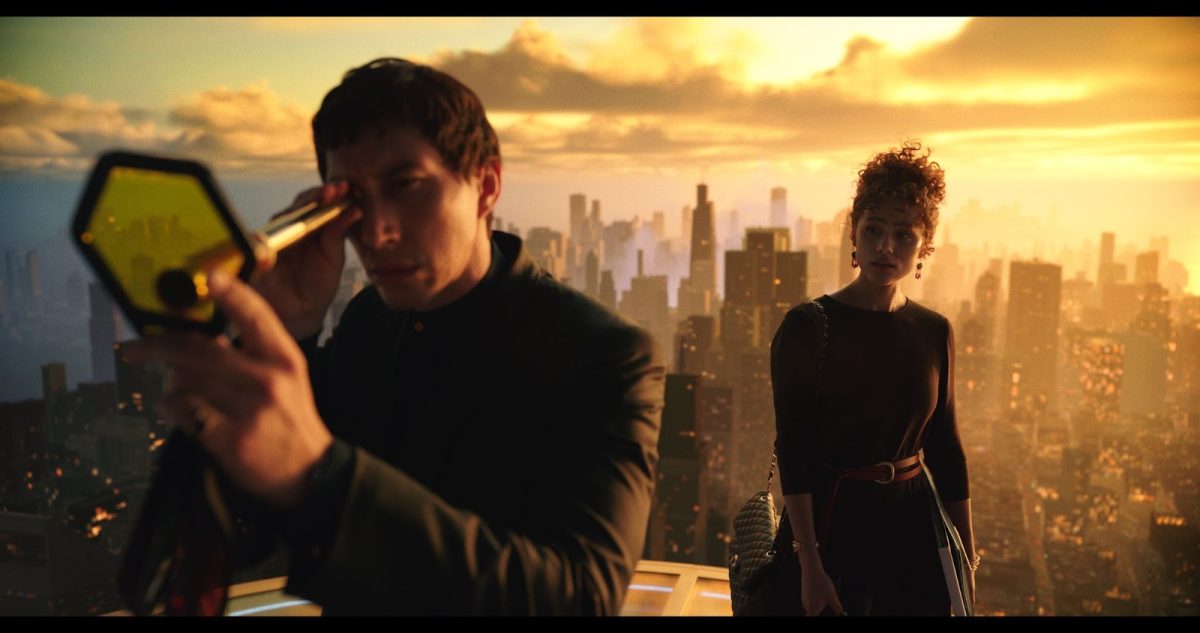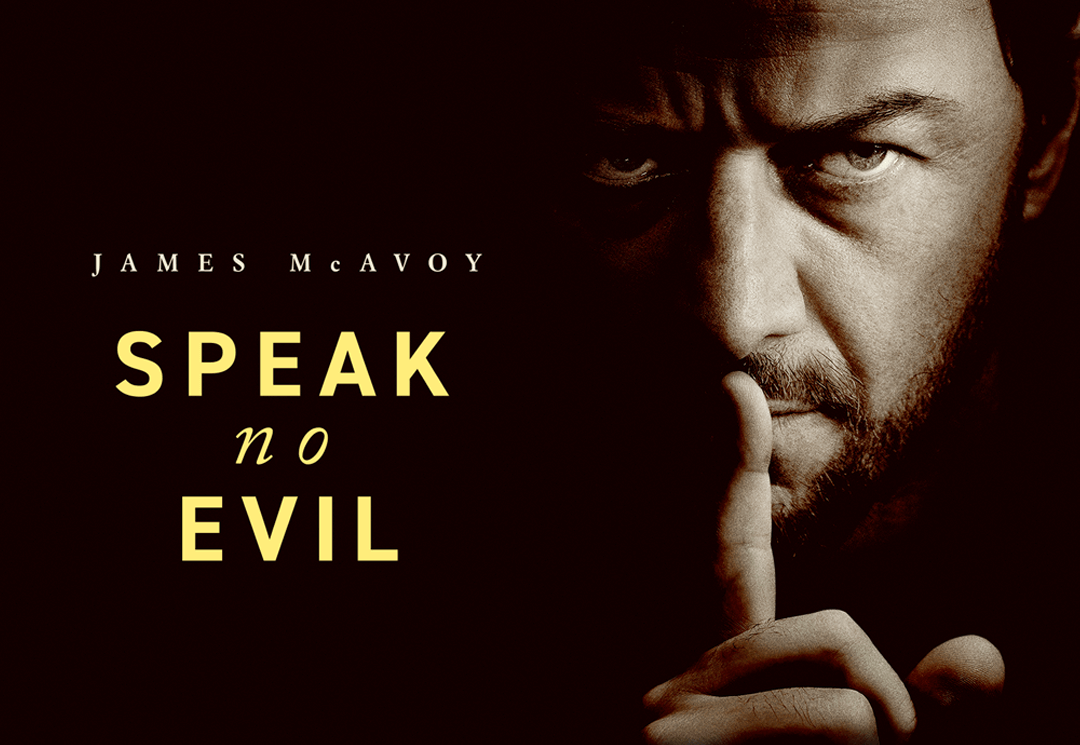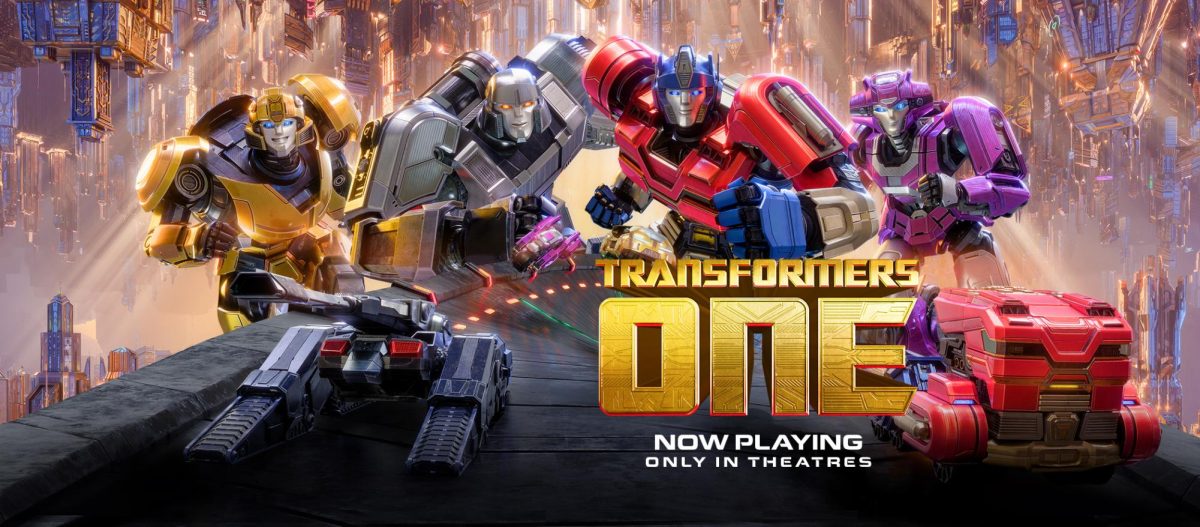SPOILER WARNING FOR THOSE WHO HAVEN’T READ VOLUME 2 OF THE MANGA OR SEEN EPISODE 8 OF THE ANIME
Sequels imply a development in plot, character growth and revelations in the midst of twists and turns. But following Shinji Higuchi’s so-bad-it’s-good Attack on Titan Part 1, the second installment showcases what the first film lacked at the cost of all its redeeming elements. Attack on Titan: End of the World has fewer characters, fewer titans and a slim amount of action to justify screen time. In many ways, the film is more focused as a result of the death count from Part 1. Having to work with only an intimate group of characters, the film had potential to delve into each person’s backstory while also limiting the amount of bad acting. Unfortunately, the slight characterization and excessive exposition only overcomplicate the film’s concept and do not ease how poorly paced and inaccurate Higuchi’s take on the franchise was from the very start.

Following the events of the Part 1 mission, Attack on Titan: End of the World begins with Eren’s interrogation by military police. Leading the interrogation is Chief Kubal, who doubts Eren’s loyalty to the human cause. He repeatedly asks: “Are you a human or a titan?”—a not so simple question in Eren’s unique circumstances. Armin argues against Kubal believing that Eren’s titan capabilities can play as an advantage. Squad leader Hanji also vouches that Eren’s duality can allow for breakthrough research. But before a consensus is made Eren is kidnapped from the scene leaving the squad to take on the mission of sealing the outer wall without their titan comrade. Eren, who has been taken by Captain Shikishima, learns about the government conspiracies interlaced with titan existence. Shikishima floods the conversation with anti-establishment antics that echo Eren’s desire to break free from the walls. Throughout the movie, Eren and his comrades battle with the knowledge of the government’s secret agenda and Shikishima’s implausible rebellion. They choose to protect Eren from new unexpected foes to restore the outer wall and move forward.
At the very least, the sequel is more focused than the first. Without the filler (or should I say, fodder) characters to represent numbers in military participation, Attack on Titan: End of the World thrives on three extreme characters: Hanji, Shikishima, and Kubal. Judging by the quality of acting in live action adaptations, the very animated characters seem to be the only charismatic and compelling ones on screen. This is incredibly true in End of the World. Moreover, the setting—which followed a dystopian society in the first film—is elaborated more with the introduction of pre-Titan War technology and military history. The discarded equipment found proves that society is less concerned with human-to-human conflict; the main enemies are the titans beyond the walls.
The film’s exposition simultaneously strengthens and cheapens the sequel’s plot in comparison. The opening scene alludes to a vial injected into a young Eren by his father, Grisha Yeager. This scene not only suggests the origin of titans, but also explains the events that lead to the death of Eren’s parents. As an important and looming figure in the manga series, it’s nice to know Higuchi did not just cast the doctor without revealing his involvement in Eren’s condition.
However, the government conspiracy that dominated the sequel falls short with the characters’ beaten monologues that generalize inner-wall reality without even showing glimpses of society. Kubal and Shikishima’s back-and-forth on the blind, utopian happiness of living behind walls has no basis.Instead of filling screen time with significant action, the camera just circles around people in conversation; fist fights last longer than need be; dialogue is riddled with heavy handed metaphors. And though Higuchi’s creative liberties were unexpected for fans, it is clichéd—yet entertaining nonetheless.
There may have been a poor ratio of drama to titans, but Attack on Titan: End of the World is well worth the watch. The film offers a bit of closure for how disconcerting the first film was, and at least fans know where Higuchi wanted to end: with epic boss fights and explosions. I gave the sequel a somewhat higher rating because I viewed the film without any expectation of accuracy. It was less stressful in that regard.
As far as a third film, director Higuchi has no plans of pursuing another installment, which is perfectly fine since fans can look forward to season two of the anime. The two live action movies are just laughable distractions for the time being.
—
For more information or news tips, or if you see an error in this story, contact features@unfspinnaker.com.




